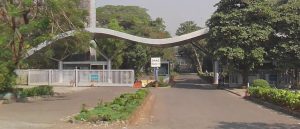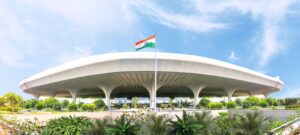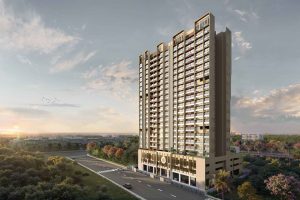Mumbai’s First Elevated Forest Walkway to Open at Malabar Hill This Month
Mumbai, 5th March 2025: The Brihanmumbai Municipal Corporation (BMC) is set to open Mumbai’s first elevated forest walkway at Malabar Hill this month, following delays caused by the final phase of construction.
According to BMC officials, the walkway is nearly complete, with only the interiors of the control room and its electrical panel room pending. These final touches are expected to be finished by next week.
Constructed at a cost of ₹25 crore, this elevated walkway offers visitors a unique experience of strolling amidst the greenery of Malabar Hill while taking in panoramic views of the city skyline and Girgaon Chowpatty. Spanning 482 meters in length and 2.2 meters in width, it features entry and exit points at Siri Road.
“All major construction work, including the installation of lights along the trail, has been completed. The remaining tasks involve finalizing the control room and the electric panel room at the entrance, along with interior finishing and polishing. We anticipate opening the walkway by mid-month,” a BMC official told.
While the exact inauguration date has not yet been finalized, the civic body is awaiting final approval from senior officials. Additionally, an emergency exit leading to Kamala Nehru Park is expected to be made accessible at the same time.
Initially scheduled to launch by the end of January, the project faced delays due to the ongoing construction of the control room and the implementation of crowd management measures.
Visitors will be required to purchase an entry ticket online, allowing authorities to manage footfall and cover maintenance expenses. Senior officials noted that a crowd control system is necessary as the wooden walkway can accommodate only 400 people at a time. The BMC is currently finalizing ticket prices, pending approval for the online booking system.
Inspired by Singapore’s renowned forest walkways, the project was first proposed in 2020, with tenders awarded in 2021.
Although the trail was originally expected to be completed within a year, construction faced multiple challenges, including the steep terrain, environmental surveys to protect local flora and fauna, and the presence of British-era pipelines running beneath the site.






